Media | Articles
7 underappreciated 1970s cars
The ’70s were a great time for music, film, and (arguably) fashion. For cars, though? Not so much. It was a turbulent time for the automobile. Engine performance couldn’t keep up with the pace of ever-stricter emissions laws, and insurance rates were making muscle cars increasingly hard to own. Crash regulations saw cars sprouting big, ungainly bumpers and nameplates that had been bywords for performance got fatter, softer, and more cruiser-y. There were oil crises and gas lines, and the influx of cheap, well-built little cars from Japan changed the car market forever.
All that has led to 1970s cars getting overlooked in the classic car market. Of course, some vehicles from the era have become extremely valuable, but more attention goes to cars from the golden age of the 1960s, which will always be cool, and to fast-appreciating cars from the 1980s and 1990s, which are popular among young enthusiasts with new money and come with the reliability of a modern car. For value-conscious buyers, though, there are some hidden gems from the 1970s that still aren’t as pricey as they could be. Here are seven of our picks.
Dodge Lil’ Red Express
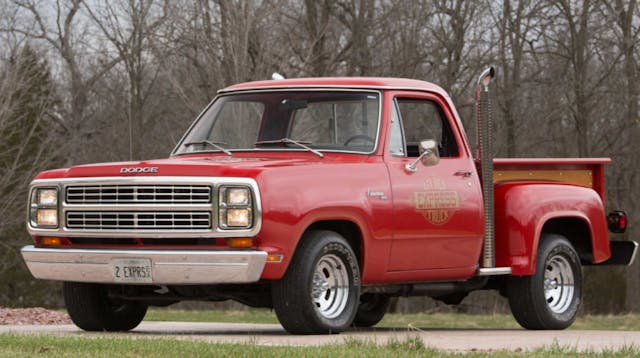
Well over a decade before Ford Lightnings were smoking their tires and GMC Syclones were dusting Ferraris, Dodge had its own sporty pickup in the showroom. And during the strange time that was the late 1970s, few contemporary performance cars could keep up with this cartoonish-looking pickup. When it was new, the Lil’ Red Express was the fastest domestic automobile to 100 miles per hour.
In building it, Dodge found an emissions loophole and drove straight through it, fitting its standard D150 pickup with a tuned 225-hp version of its hi-po 360-cubic-inch V-8. A 3.55 Sure Grip axle and Canyon Red paint rounded out the package, and this truck is about as far from a sleeper as you can get thanks to the gold graphics and those ridiculous exhaust stacks. Dodge sold about 2000 examples in 1978. For 1979, Dodge was forced to add a catalytic converter and run a milder cam, but nevertheless sold another 5000 Lil’ Red Expresses in the model’s second and final year.
There is absolutely no missing one of these things on the road, so it's odd that they've flown under the radar on the collector vehicle market, especially compared to other vintage trucks. Median condition #2 (excellent) values for first-gen (1966-77) Ford Broncos are up 128 percent over the past five years. 1973-91 Chevy C/K Blazers are up 82 percent, and the equivalent C/K Pickups are up 76 percent. 1973–79 Ford F-Series shot up 121 percent, while even 1969-75 International Harvester pickups are up 36 percent. And the Dodge? Just 13 percent over the same period, to $28,800 for a 1978 model and $26,900 for a '79. It's not nothing, but as people shell out more and more for shabby old Broncos and C10s, we're surprised that the Lil' Red Express has moved so ... lil'.
Marketplace
Buy and sell classics with confidence
Triumph TR8
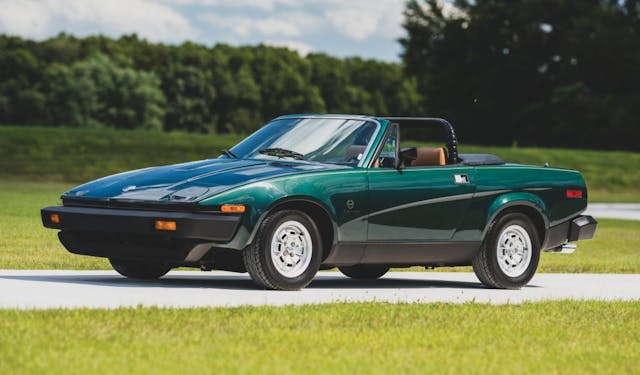
We're stretching the dates a bit here since most TR8s carry a 1980 or '81 model year, but technically this car debuted in 1978. It's also based on a mid-1970s design, and although the TR8 was intended to hit the road not long after, things just moved at a famously glacial pace at British Leyland back then. OK, now that we've established the TR8 as a '70s car, let's look at why it's underappreciated.
The Triumph TR7, with its polarizing Harris Mann-penned wedge shape debuted in 1975. Reviews were mixed, with plenty of critiques pointed at the underpowered 2.0-liter slant-four borrowed from the Triumph Dolomite. The TR8 was Triumph's late but great answer, with the wedge now powered by the lightweight and eminently tunable 3.5-liter Rover V-8. Some California TR8s got a slightly more powerful fuel-injected engine, while most got dual Zenith-Stromberg carbs and an output of 133 bhp and 168 lb-ft of torque—plenty of grunt for a little '70s two-seater. A five-speed was standard, with an auto also available. After testing a new TR8, often dubbed the "English Corvette," Road & Track concluded that "the only other thing we could ask for is good looks."
Time (with some help from Radwood and the like) has been kind to those looks. Although the TR8 lacked some of the classic Triumph TR touches like a solid wood dash and thin doors, the TR8 is roomier and more practical. Many cars have very cool (and very '70s) plaid seats. It's also considerably faster than its predecessors—TR8s were winning SCCA races long after Triumph went bust. Finally, TR8s are quite rare. There aren't exact production figures, but total worldwide production was probably fewer than 3000.
And yet the #2 value for a TR8 is just $20,000. An earlier TR6 in the same condition comes in at $25,400 and that other V-8-powered British roadster—the Sunbeam Tiger (aka the "poor" man's Cobra) is worth 75 grand or more. Granted, the Tiger is a bit apples to oranges and the TR6 is a much prettier car than its younger cousin, but we still think the TR8 offers a lot more than its current price suggests.
AMC Javelin

American Motors was a bit behind the Big Three in entering the pony car wars, but the 1968 Javelin gave AMC a serious contender even if sales were always a fraction of Ford's Mustang and Chevrolet's Camaro. The Javelin got redesigned in 1971, getting a little bigger and sprouting exaggerated wheel arches—the Javelin's most recognizable feature. The two-seat AMX body style was also retired, with the AMX name now joining the Javelin lineup as a trim level. Engines ranged from economical six-cylinders to 304, 360, or 401-cubic-inch V-8s, and on track the Javelin won the Trans Am championship in 1971, 1972, and 1976.
Lots of owners channeled their inner Mark Donohue and drove their cars hard—fewer Javelins seem to have gotten pampered to the same degree as many Firebirds, Camaros, and Cudas. And for the most part, Javelins haven't been worth enough money to receive the kind of high-dollar restorations we see elsewhere in the muscle and pony car market. It doesn't help that parts can be difficult to find, although basic maintenance isn't particularly expensive.
Another factor working against the Javelin is that its badge just doesn't have the staying power and name recognition of the Big Three pony cars. This comes through in our insurance quote data. For Javelins, 52 percent of quotes come from baby boomers, who make up just 37 percent of the market as a whole and between 34 and 36 percent of quotes for the equivalent Mustangs and Camaros. Blame the fact that AMC had been all but absorbed into Chrysler by the time most millennials were being exposed to cars. So despite their good looks, race-winning ways and relative rarity, the median #2-condition (Excellent) value has hovered around 20 grand for years now, and these cars from Kenosha are still a tempting choice for somebody who wants both muscle on a budget and something a little out of the ordinary.
Chevrolet Chevelle Laguna Type S-3
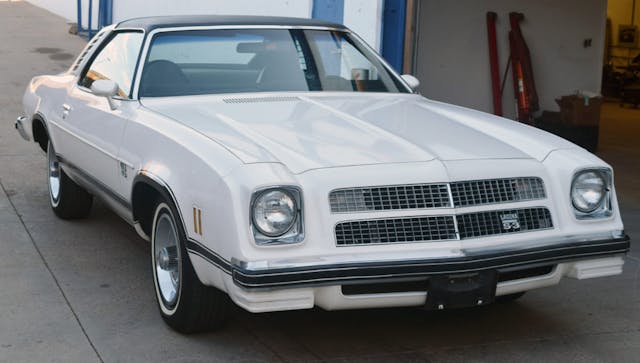
The Chevelle was all new for 1973, and while the glory days of roaring LS6s were already starting to look like a distant memory, performance wasn't totally gone. The Laguna S-3 carried the Chevelle's sporty torch for three years. Introduced in 1974, the S-3 did have those typical '70s flourishes, such as a vinyl half-roof, opera-type rear quarter windows with available rib coverings, and body side striping. But the S-3 also came with stiffer suspension, a front stabilizer bar, and Rally wheels with radial tires. Engines started with a 350/145-hp two-barrel, but a 454/235-hp four-barrel was available along with a 400/150-hp two-barrel and a 400/175-hp four-barrel. For 1975, the Laguna S-3 added a slanted urethane-covered aero-style nose designed for NASCAR, where the Chevelle Laguna was particularly successful. But after 1976, Chevrolet dropped the Laguna and after 1977 dropped the Chevelle altogether, leaving the Malibu as Chevy's midsize offering.
It was a short run, then, and the mid-'70s Chevelles will always live in the shadow of their predecessors. Fair enough. But even the most expensive Chevelle S-3 Laguna 454 carries a $24,300 #2 value—a pittance for a Chevy muscle car with unique looks, race pedigree, and enough performance to have fun with.
Opel GT
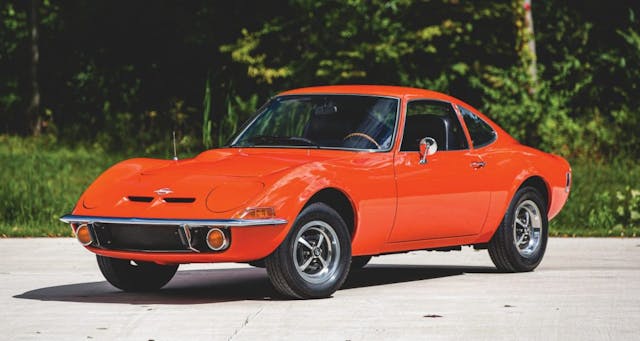
Opel is one of the world's oldest, largest carmakers and it sold about 70,000 GTs in this country from 1968–73. Maxwell Smart even drove one in the final season of Get Smart. Yet if you ask the average American what they know about "Opel" they'll probably talk about jewelry. For decades, Opel GTs have been some of the absolute cheapest vintage two-seaters around. That's still the case, with GTs offering the look and feel of a shrunken C3 Corvette at a fraction of the price.
Opel, based in Germany, became General Motors' main European subsidiary in 1929 and for most of the 1960s made bland commuter cars. It was therefore a surprise when boring old Opel unveiled a sharp-looking concept coupe at the Frankfurt Motor Show in 1965. The first production versions hit the road in 1968, and sold in the U.S. through Buick dealerships.
Thanks to wind tunnel testing at the University of Stuttgart, the Opel GT was one of the most aerodynamic cars you could buy at the time. Most GTs got a 1.9-liter, 102-hp "cam-in-head" engine with the camshaft placed over the combustion chamber, but the valves operated by tappets and rocker arms. Performance wasn't earth-shattering, but the Opel could keep up with an MGB GT all day long, and a period ad probably summed it up best: "Our car may not win at Le Mans or Sebring, but it's great if you just want to have some fun."
Ever stricter emissions laws, plus the arrival of the Datsun 240Z, spelled the end for the Opel GT, and it quietly disappeared after 1973. Father Time and rust haven't been too kind to these oddballs, but there are still a lot of GTs out there, and although their #2 value is up 7 percent over the past five years, it still sits at just $17,500, and condition #3 (Good) cars are still four-figure classics.
Oldsmobile Toronado

The original 1966 Toronado was a groundbreaking car. A 1971 redesign made it more of a luxury car on par with the Cadillac Eldorado and Buick Riviera. These days, though, it's worth less than both of its GM E-Body cousins. Part of what's holding the Toronado back may be name recognition (Olds was a defunct brand after 2004) as well as some stigma around its front-drive layout. It also looks bloated and over-styled compared to the original Toronado, a 1960s design icon. Whatever the reason, the most expensive second-generation (1971–78) Toronados in our data pool carry a #2 value of just $12,500, and Excellent examples can still be had for four figures.
In the purely physical sense, it's hard to think of anything that offers more car for the money. The engine is a 455-cubic-inch V-8 (or 403 after 1976). It weighs nearly 5000 pounds, and it's over 18 feet long. Many have air conditioning, an 8-track stereo, and power windows/locks/seats. The only thing small about a Toronado is its fuel economy—expect around 10 mpg.
Pontiac Grand Am
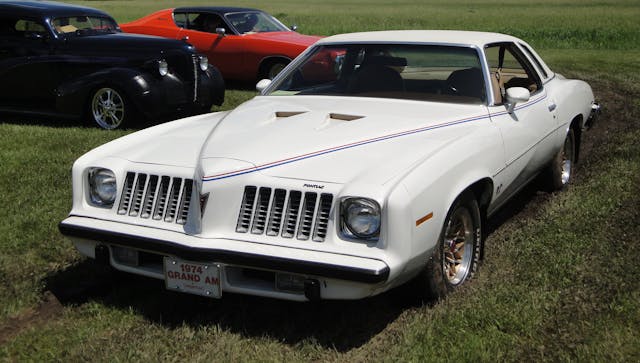
For most of its life, the Grand Am was an overstyled and generally underwhelming front-drive car, synonymous with Pontiac's decline and, more generally, GM's failure to compete with Japan's best commuter cars. It didn't start that way. The 1973 Grand Am was supposed to be a perfect mix of the qualities that had made Pontiac a dominant brand in the 1960s. The very name hinted at the luxury of the Grand Prix and the performance of a Trans Am. A period brochure touted "Foreign Intrigue ... American Ingenuity." Built on the rear-drive A-body platform shared with the LeMans, Chevelle, Malibu, Monte Carlo, and 442, the Grand Am was available as a two-door "Colonnade" or a four-door pillared hardtop with the unmistakable Pontiac beak up front. Grand Ams came standard with a 400-cubic-inch V-8 but a 455/250hp was available. Radial tires, sport-tuned suspension, bucket seats, front and rear sway bars, and variable-ratio power steering were standard.
Although it sold well at first, the fuel crisis hit big cars like the Grand Am hard, plus the Grand Prix was a more prestigious car at an only marginally higher price, so Pontiac axed this iteration of the Grand Am after 1975. Most people didn't pamper the cars, and their Endura noses tended to disintegrate (fiberglass replacements are now available). They're a rare sight these days. When one does pop up, though, it's hard to miss that sloping rear deck and the pointy Pontiac face, but even as other vintage Pontiacs have appreciated in recent years, the Grand Am has stayed somewhat steady and currently carries a #2-condition value of just $16,800.
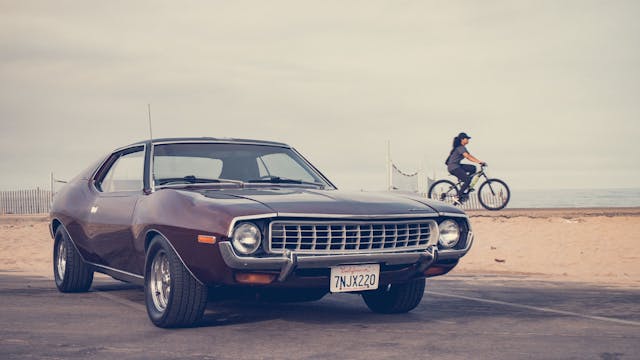





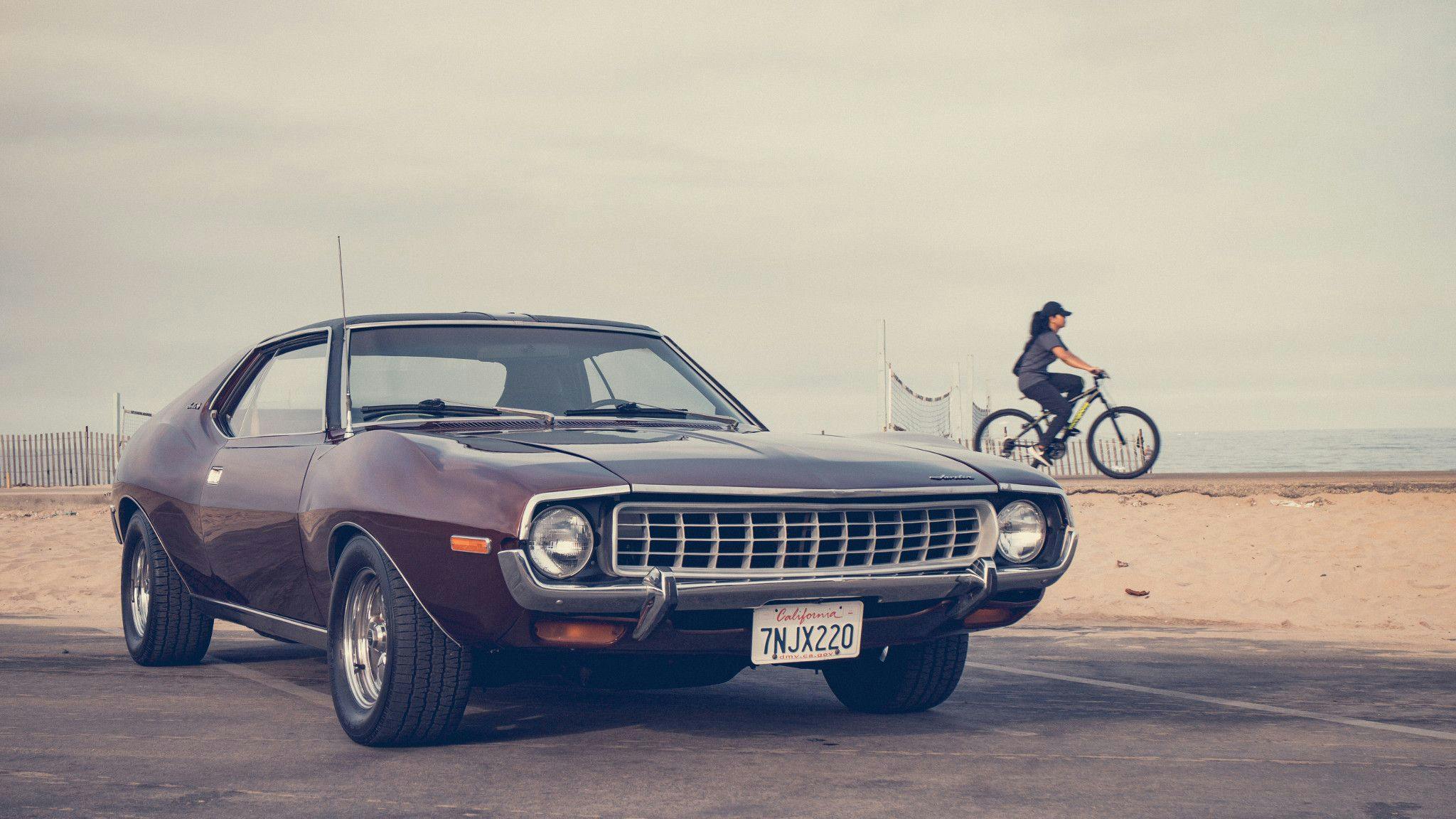
I advertised an 81 toronado Diesel on kijiji and got 22 replies in 2 days, I decided to hang on to it for the time being, too much fun to cruise.